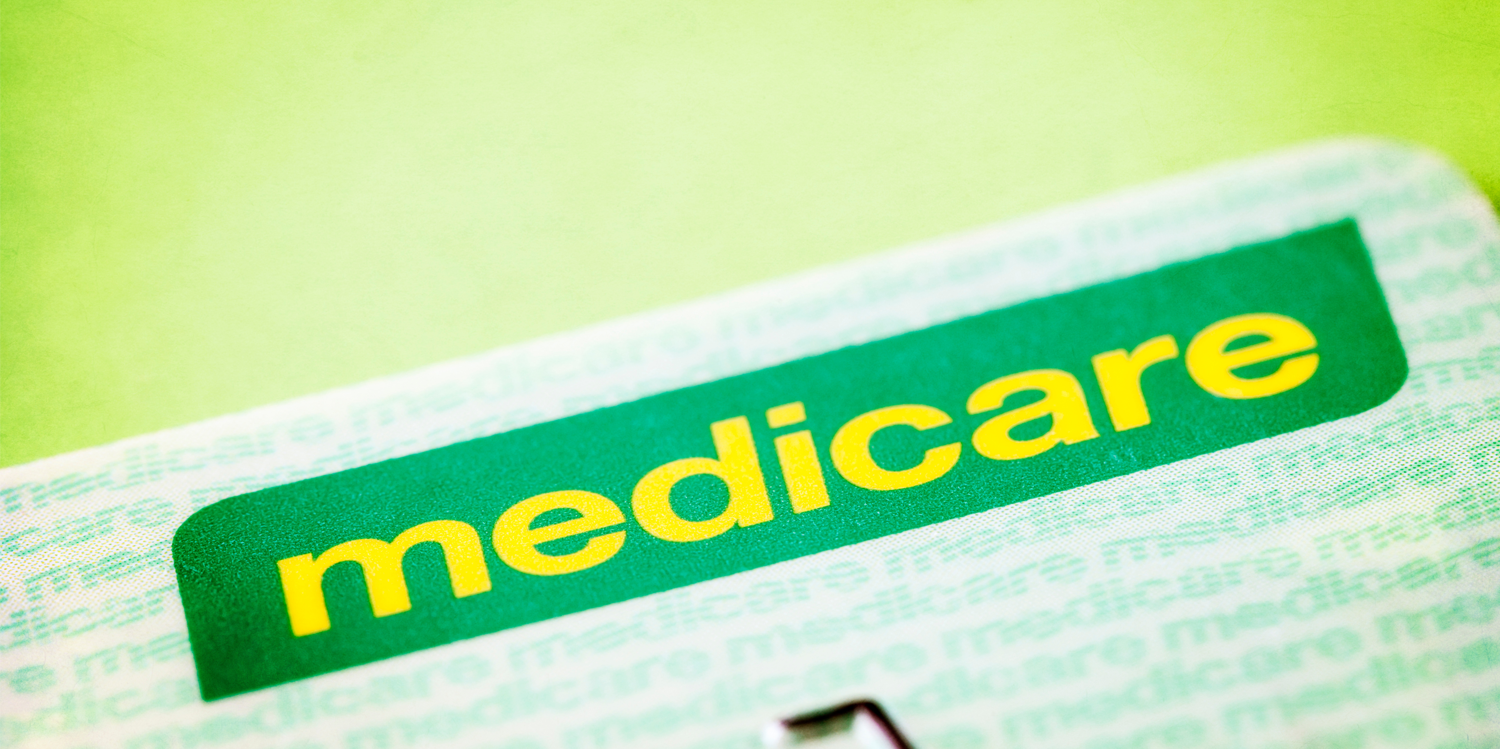
Increasing consult times, equalising GP trainee salaries, more GP training places and better funding for multi-disciplinary practises are among the goals of the AMA’s new Modernise Medicare campaign.
The new campaign, launched in the lead up to the 2025 federal election, calls on the Federal Government to reform the nation’s “out-of-date” Medicare system, which the AMA said is at a “critical point”.
It has called for $4.5 billion over four years to support longer consultations among other policy suggestions.
AMA President Dr Danielle McMullen said the Federal Government had made significant investment in general practice, but the initial investment needed to be backed by further funding and reform.
“Our policy, developed following consultation with our members, proposes a new 7-tier standard consultation item structure that will support patients to spend more time with their doctor by significantly increasing funding for the longer consults that today’s patients need,” Dr McMullen said.
“Medicare was revolutionary when it was introduced in the 1980s, but with our ageing population and growing chronic disease rates, GP consultation items have become out-of-date.
“The GP consultation item structure has failed to keep up with the growing complexity of care that patients need and is biased towards shorter consultations at a time when patients need to spend longer with their GPs.”
RELATED: Record number of trainee GPs
The RACGP has also joined the fight and is calling on the WA government to offer incentives to increase GP training numbers.
Nationally, it wants 1,500 more RACGP Australian GP training places over the next five years, and for government-subsidised medical places at universities to be linked to a target of 50% of graduates training as GPs.
RACGP Vice President and WA Chair Dr Ramya Raman said although GP training numbers in WA in 2025 had increased by 31% to 194, the State still had fewer GPs per capita compared to other states such as New South Wales and Victoria.
“There was an immediate boost in the number of GPs training in Victoria after it offered a $40,000 incentive to ensure that when doctors leave the hospital system to start training as a specialist GP, they’re not worse off financially,” Dr Raman said.
“The Western Australian Government needs to consider offering incentives to strengthen general practice access and prevent the number of GPs in our state from falling further behind our population growth.
“Research has shown GPs keep people out of expensive hospitals. Where someone’s had an unplanned hospitalisation, they’re far less likely to end up back in hospital if they see their GP within a week. GPs are the solution.”
RELATED: Is enough being done to support bulk billing?
The AMA has called for an extra 500 GP training places and 500 more training rotations over four years at an estimated cost of $150 million.
General Practice Registrars Australia President Dr Chris Dickie welcomed the AMA’s plan and proposed a national employment fund.
“This fund would provide financial stability for GP registrars entering GP training in the first years, covering parental leave, study leave, and a base wage supplement for first-year registrars so they have base rate parity with their other hospital-based specialty registrars,” Dr Dickie said.
“It aims to ease financial pressures and make general practice a more attractive career path across the nation to stop the jurisdictional hunger games.”
The Modernise Medicare Campaign’s other proposals include:
- Equalising salary and leave conditions for GP trainees ($185.2m over four years)
- Increasing Workforce Incentive Programs ($401.4m over four years)
- Better information collection and research ($17.5m over years)

